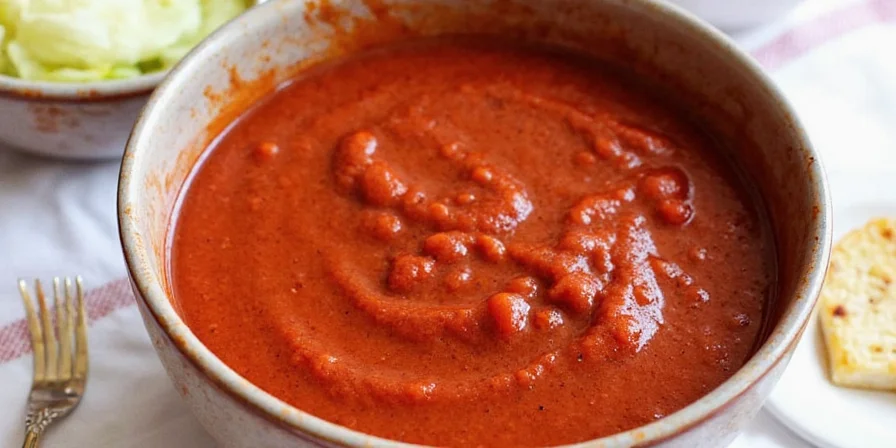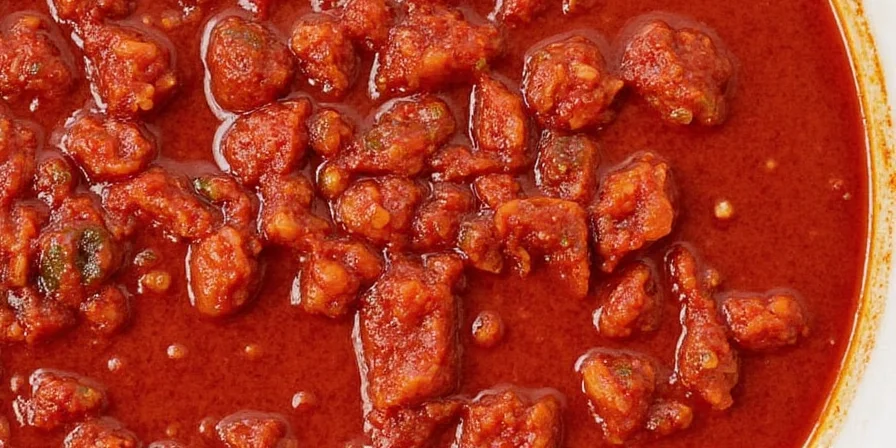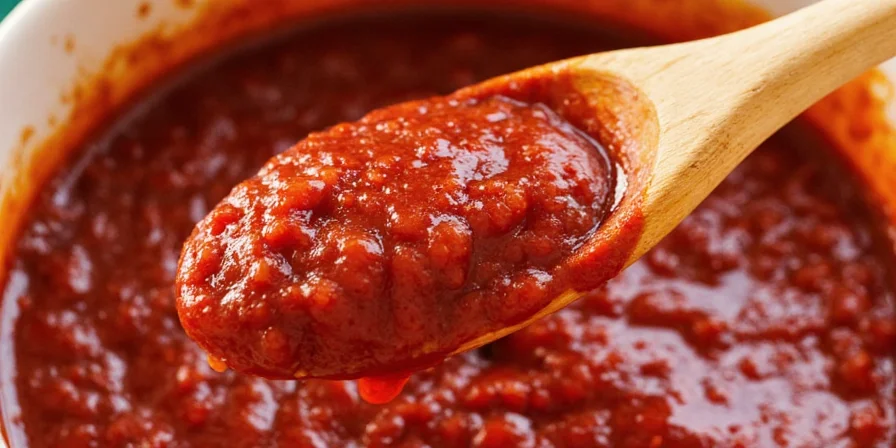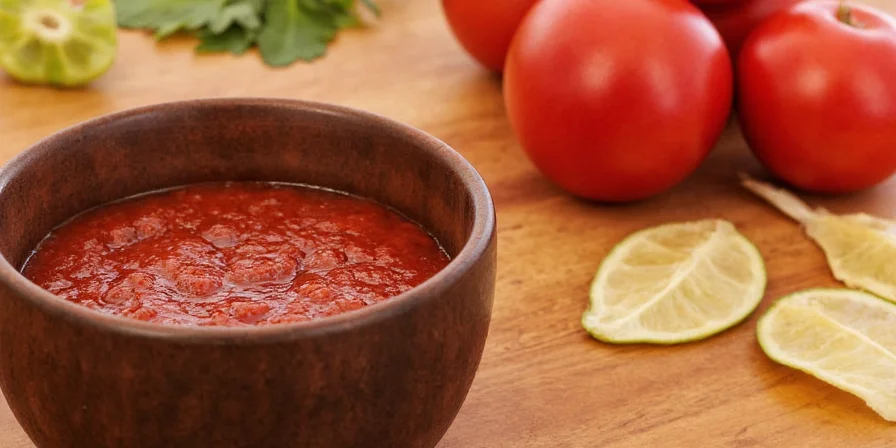Red Mole Mexican: The Fiery Secret Behind Mexico's Spiciest Sauce
Table of Contents
- Introduction to Red Mole Mexican
- A Spicy Tale: The Origins of Red Mole
- What Makes Red Mole Mexican So Unique?
- Top 5 Tips for Cooking with Red Mole Mexican
- Red Mole vs. Green Mole: What’s the Difference?
- Pairing Perfection: What Goes Well with Red Mole?
- DIY Red Mole Mexican Recipe
- The Heat That Heals: Health Benefits of Red Mole
- Red Mole in Mexican Culture: More Than Just a Sauce
- Conclusion
Introduction to Red Mole Mexican
If you’ve ever had a dish that made your eyes water and your taste buds sing at the same time, there’s a good chance you were eating Red Mole Mexican. Known for its intense heat and complex flavor profile, red mole is one of the most iconic sauces in Mexican cuisine. But it’s more than just hot — it’s layered, smoky, nutty, and even a little sweet. In short, it’s a flavor explosion in a bottle (or pot).

A Spicy Tale: The Origins of Red Mole
Legend has it that mole was invented by accident — or divine intervention — in a convent in Puebla, Mexico. While the story may be apocryphal, what isn’t in question is that mole comes from the Nahuatl word molli, meaning sauce. Over centuries, mole evolved into dozens of regional varieties, with red mole being one of the most revered forms.
What Makes Red Mole Mexican So Unique?
The beauty of red mole lies in its complexity. It often contains up to 30 ingredients and requires hours of preparation. Key components include:
- Ancho, mulato, and pasilla chilies
- Roasted tomatoes and tomatillos
- Spices like cinnamon, cloves, and cumin
- Peanuts or almonds
- Chocolate (in some recipes)
- Dried fruits such as raisins or prunes

Top 5 Tips for Cooking with Red Mole Mexican
- Taste before adding salt: Many store-bought versions are already seasoned.
- Dilute it slightly: Add broth or water to balance out the richness.
- Don’t boil!: Mole burns easily and turns bitter if overheated.
- Use a blender, not a food processor: For smoother texture and better emulsion.
- Add acidity: A squeeze of lime can brighten up the entire dish.
Red Mole vs. Green Mole: What’s the Difference?
| Mole Type | Main Ingredients | Flavor Profile | Heat Level | Best For |
|---|---|---|---|---|
| Red Mole | Dried chilies, nuts, spices, chocolate | Smoky, spicy, sweet, deep | Medium to high | Enchiladas, turkey, rice |
| Green Mole | Tomatillos, green chilies, herbs | Fresh, tangy, herbal | Low to medium | Tamales, chicken, tacos |
Pairing Perfection: What Goes Well with Red Mole?
Red mole pairs best with foods that can stand up to its boldness. Here are some classic pairings:
- Chicken or Turkey Enchiladas: The mild protein balances the heat beautifully.
- Rice: Absorbs the sauce and softens the spice.
- Tamales: Adds a steamed texture contrast.
- Warm Tortillas: Great for dipping or wrapping.

DIY Red Mole Mexican Recipe
If you're feeling adventurous, here's a simplified version of homemade red mole:
Ingredients:
- 3 ancho chilies
- 2 pasilla chilies
- 2 Roma tomatoes
- 1 small onion, quartered
- 3 garlic cloves
- 1/4 cup almonds
- 1/4 cup raisins
- 1 tsp cinnamon
- 1/2 tsp clove
- 1 Tbsp sesame seeds
- 1/4 cup unsweetened cocoa powder
- Salt to taste
Instructions:
- Toast the chilies, sesame seeds, and almonds in a dry skillet until fragrant.
- Soak the chilies in hot water for 20 minutes, then drain.
- Roast tomatoes, onion, and garlic until charred.
- Blend everything together with a little water until smooth.
- Cook over low heat for 20–30 minutes, stirring frequently to prevent burning.
- Season with salt and simmer until thickened.
The Heat That Heals: Health Benefits of Red Mole
Beyond the flavor, red mole brings several health benefits thanks to its ingredients:
- Chili Peppers: Rich in capsaicin, which boosts metabolism and has anti-inflammatory properties.
- Nuts: Provide healthy fats and protein.
- Cinnamon and Cloves: Natural antioxidants.
- Chocolate: Contains flavonoids that support heart health (especially dark chocolate).
Red Mole in Mexican Culture: More Than Just a Sauce
In regions like Oaxaca and Puebla, red mole is more than just food — it’s tradition. It graces tables during weddings, holidays, and religious celebrations. Its preparation often involves entire families and can take days, making it a labor of love passed down through generations.
Conclusion
Whether you're a spice lover, a culinary adventurer, or someone looking to explore global flavors, red mole Mexican deserves a spot in your kitchen. With its deep history, rich ingredients, and unforgettable flavor, it’s more than just a sauce — it’s a celebration of culture, tradition, and the art of balancing heat and harmony.
So next time you’re reaching for a bottle of hot sauce, why not go for something with a little more soul — and a lot more spice? Your taste buds (and your heritage) will thank you.











 浙公网安备
33010002000092号
浙公网安备
33010002000092号 浙B2-20120091-4
浙B2-20120091-4